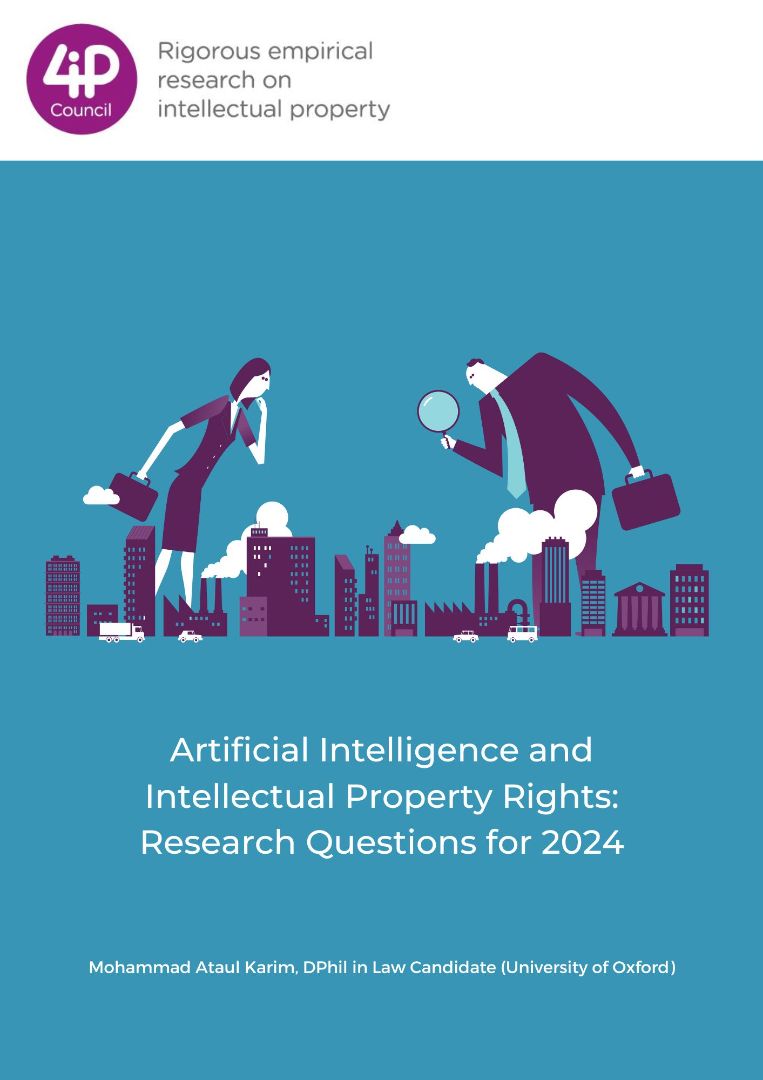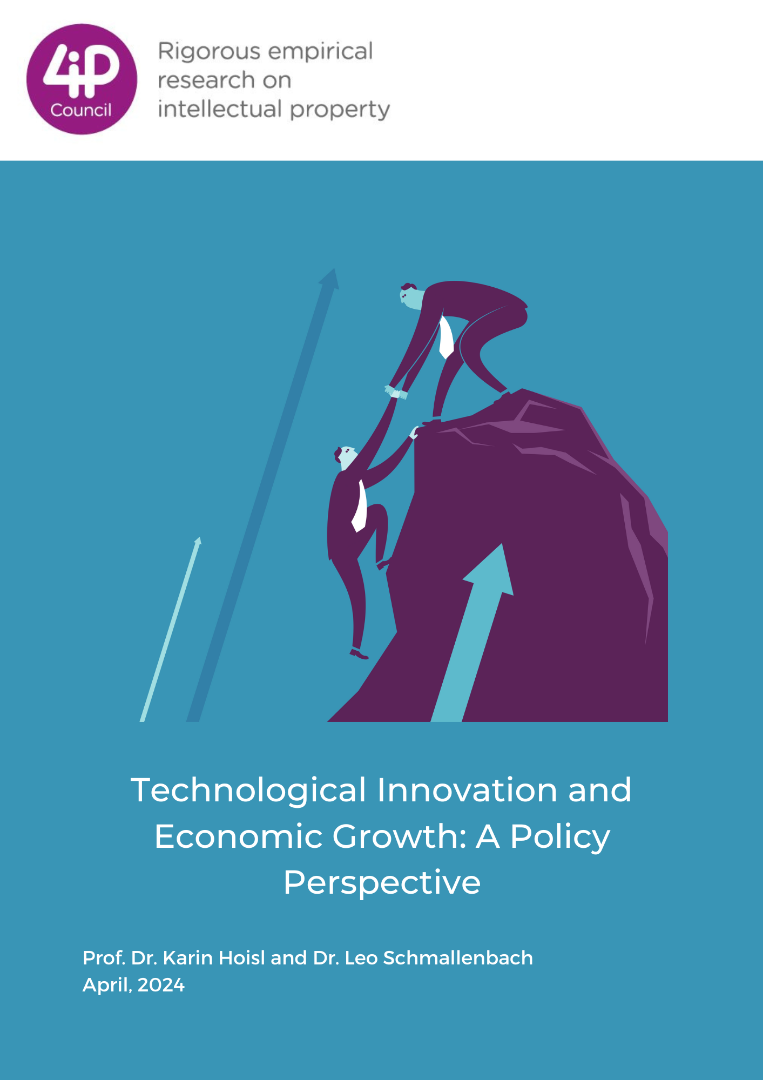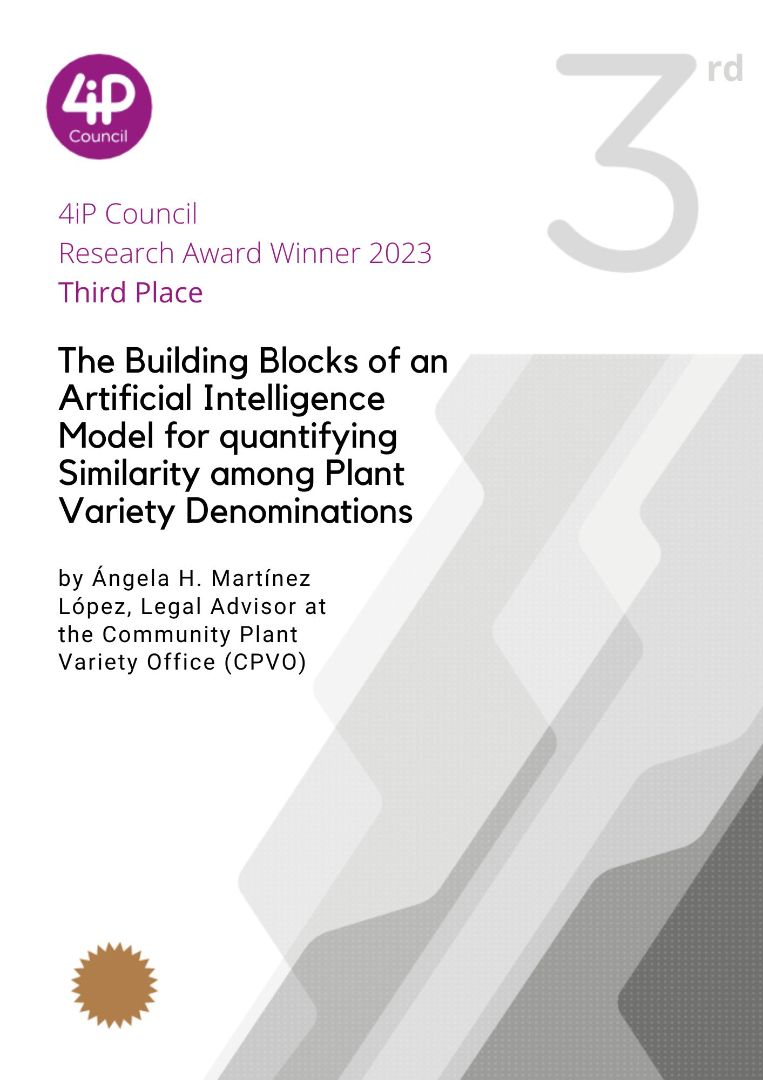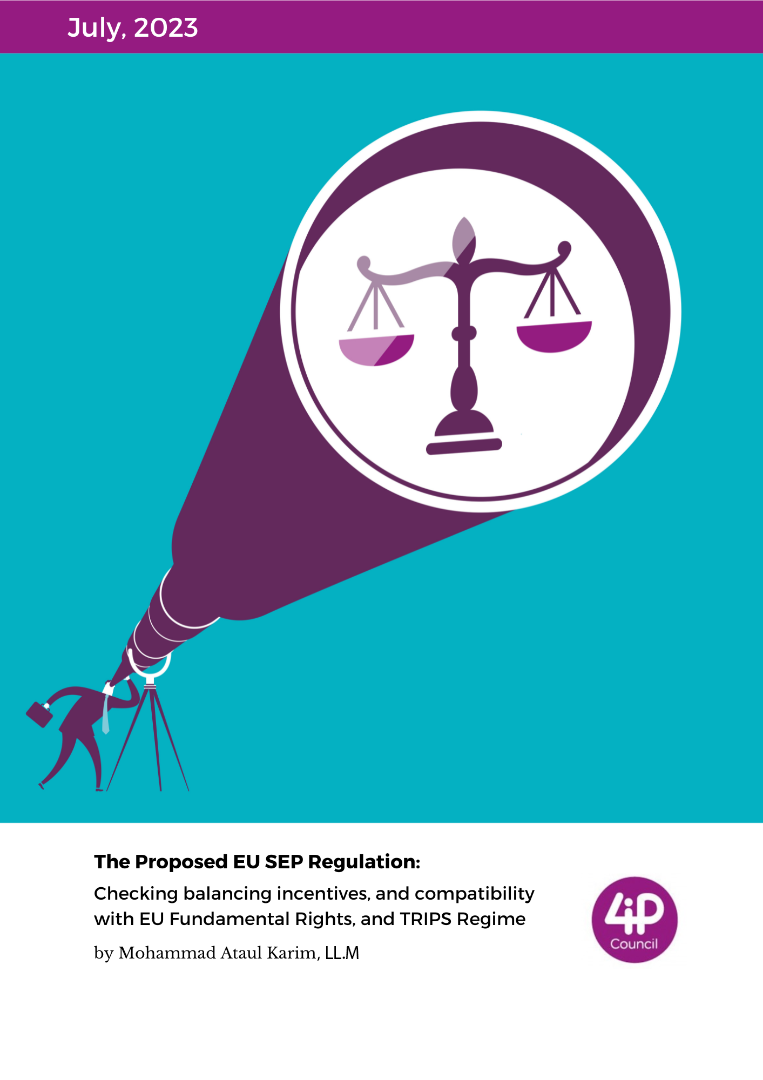Introduction
We have witnessed remarkable progress on artificial intelligence (AI) in 2023. Specifically, foundational models,[1] which include generative AI, have added some excellent tools for innovation and content creation. AI presents both opportunities and challenges. During the last year, researchers around the globe have explored various areas of AI, such as the intersections between AI and intellectual property rights (IPR). In Europe, particular attention has been given to the proposed AI regulation.[2]
AI and Intellectual Property Rights
Last year was an exciting year for AI and intellectual property. Many IPR issues are likely to unfold in 2024. We should pay particular attention to the following:
1. AI and copyright disputes: The question of copyright protection for AI generated outcomes has been much discussed for some time. The debate is nowadays more focused on copyright infringement. Precisely, on the potential infringement of copyright by using input for training data for AI systems.[3] In 2023, several copyright infringement suits have been filed in the US against generative AI (ChatGPT, Copilots, and Stability AI, etc).[4] A common concern across these suits is the unauthorised use of the copyrighted works for the training of AI systems. In 2024, some judicial decisions are expected in this regard. In the process, the court might also answer the ‘fair use’[5] exception claim for AI training. Researchers will remain keen to investigate the legal developments. The courts’ decisions in the USA could shed some light for other jurisdictions. The research agenda would benefit from including a) licensing models for using input data for AI training, b) statutory remuneration for using input data for AI training, and c) text and data mining or other copyright exceptions for AI training.
2. AI and patents: AI and patents intersect in many aspects. One of the most discussed issues concerns ‘AI inventorship.’ Several courts have held that the human inventorship is one of the preconditions for a patent to be granted, thus, AI cannot be an inventor.[6] The latest of these is the decision of the UK Supreme Court upholding that AI cannot be an inventor.[7] Considering this, research may now focus more on how the use of AI tools affects the investor’s ability to protect an invention. This would allow to explore more how AI impacts patent law and the patent system. For example, how does an AI invention, as a tool or AI technology, impact on the specification, disclosure requirement, non-obviousness test, and transparency of the patent system.
3. AI and trademarks: AI and trademarks have drawn less hype. Yet, AI is silently making its way into the trademark system.[8] For example, more research could be conducted on: 1) how AI can be useful to register and oppose registration of trademarks, 2) how AI should be used to enhance functions of trademarks including the so-called accessory functions (advertising, branding, investment protection and so on), and 3) how AI is helping or hindering the trademark system to maintain the market and register transparency.
4. AI and trade secrets: The intersections between trade secrets and AI have been less explored in comparison to copyrights and patents. In today’s digital economy, the protection of trade secrecy, including business data, undisclosed information, algorithms, and internal workings of AI systems is crucial. In this context, one could for example analyse how AI technologies are protected via trade secrecy, or what are the challenges and prospects of using trade secrecy for the protection of AI system and technologies.
5. AI, international technical standards, and open innovation: AI has impacted the innovation ecosystem. In this respect, we need to re-evaluate exiting innovation models. One research area could be open innovation or collaborative innovation models. The research questions might include how AI systems and innovation could be developed through the open innovation model. Another option would be to analyse how AI systems impact the open innovation model. In the open innovation model, another question to explore is the adoption of technical standards based on AI systems. The discussions may largely involve the role of standards development organisations, process of standard setting and development and how global institution such as WTO should work on this.
6. Using AI for IPR enforcement and management: The research agenda should include how AI systems are used for better protection, enforcement, and management of IPRs. There could be a range of use case studies in this respect. A research topic could be how IPR offices or digital platforms, or content sharing platforms are using AI technologies for IPR enforcement and management. Another one, to identify the public and private policy implications of such use of AI.
[1] Foundational models are built on the large amount data (mostly from internet) not to perform any specific tasks but to gain insights from the data so that it can act as a foundation to perform multiple tasks and can be applied to different applications and use cases. Generative AI is an example which is built on the foundational model: a) ChatGPT can generate text, code, etc. b) DALL-E2 can generate image based on the natural language processing, c) GEN-2 can generate text to video, text + image to video, image to video, etc. For more see, what are foundation models? https://research.ibm.com/blog/what-are-foundation-models, https://openai.com/dall-e-2 https://research.runwayml.com/gen2
[2] Proposal for a REGULATION OF THE EUROPEAN PARLIAMENT AND OF THE COUNCIL LAYING DOWN HARMONISED RULES ON ARTIFICIAL INTELLIGENCE (ARTIFICIAL INTELLIGENCE ACT) AND AMENDING CERTAIN UNION LEGISLATIVE ACTS, COM/2021/206 final, https://eur-lex.europa.eu/legal-content/EN/TXT/?uri=celex%3A52021PC0206
[3] Input or training data means those data which is used to train or develop an AI system. In this process, many copyrights protected works or data might be used to train AI system. For example, ChatGPT is trained on the large amount data or works from the internet some of them could be protected via copyrights.
[4] SARAH ANDERSEN, et al., Plaintiffs, v. STABILITY AI LTD., et al., Defendants 23-cv-00201-WHO (N.D. Cal. Oct. 30, 2023), https://casetext.com/case/andersen-v-stability-ai-ltd Recently New York Times has sued the OpenAI and Microsoft, https://www.cnbc.com/2023/12/27/new-york-times-sues-microsoft-chatgpt-maker-openai-over-copyright-infringement.html
[5] The ‘Fair Use’ is a copyright exception under section 107 of the US Copyright Law which permit certain types of use such as criticism, comment, news reporting, teaching, scholarship, and research without the authorisation of the copyright owner. There are four factors analyses of the fair use: a) purpose and character of the use, b) nature of the copyrighted work, c) amount and substantiality of the use, and d) effect of the use upon the potential market. See for a brief overview, https://www.copyright.gov/fair-use
[6] The issue is mainly raised by the DABUS Patent Case in many jurisdictions including Australia, Germany, European Patent Office, USA, UK. https://www.ipstars.com/NewsAndAnalysis/The-latest-news-on-the-DABUS-patent-case/Index/7366
[7] Thaler (Appellant) v Comptroller-General of Patents, Designs and Trademarks (Respondent), 20 December 2023. https://www.supremecourt.uk/cases/uksc-2021-0201.html
[8] D. S. Gangjee, D, "Chapter 17: A quotidian revolution: artificial intelligence and trademark law". In Research Handbook on Intellectual Property and Artificial Intelligence. Cheltenham, UK: Edward Elgar Publishing. Retrieved Jan 4, 2024, from https://doi.org/10.4337/9781800881907.00024







